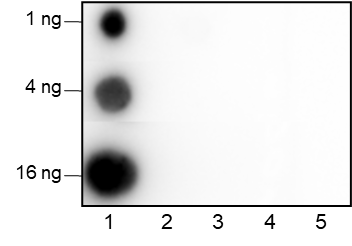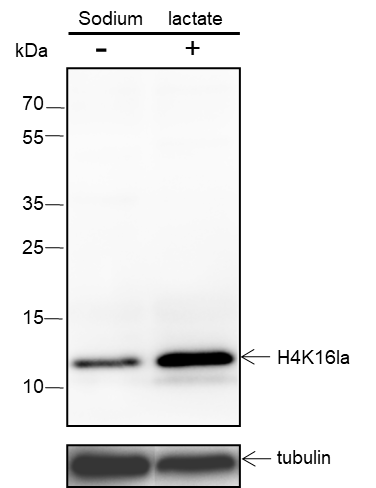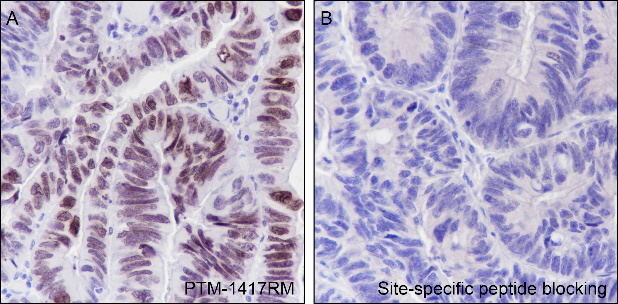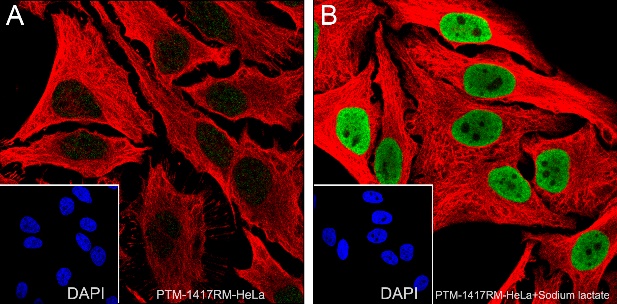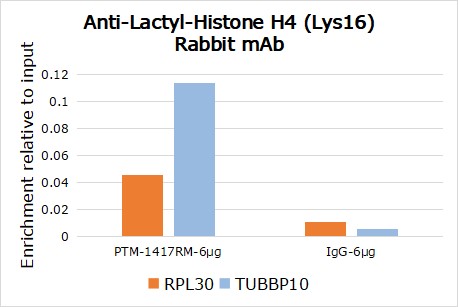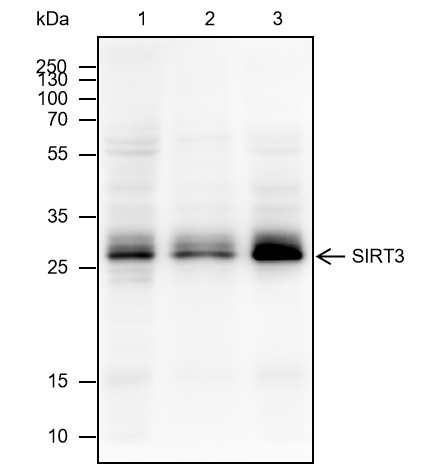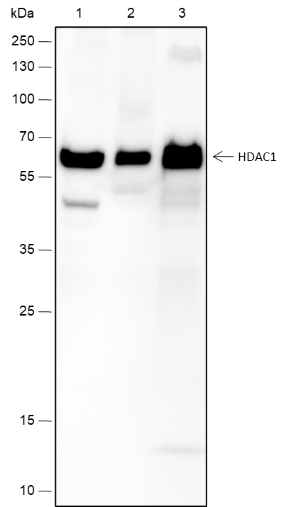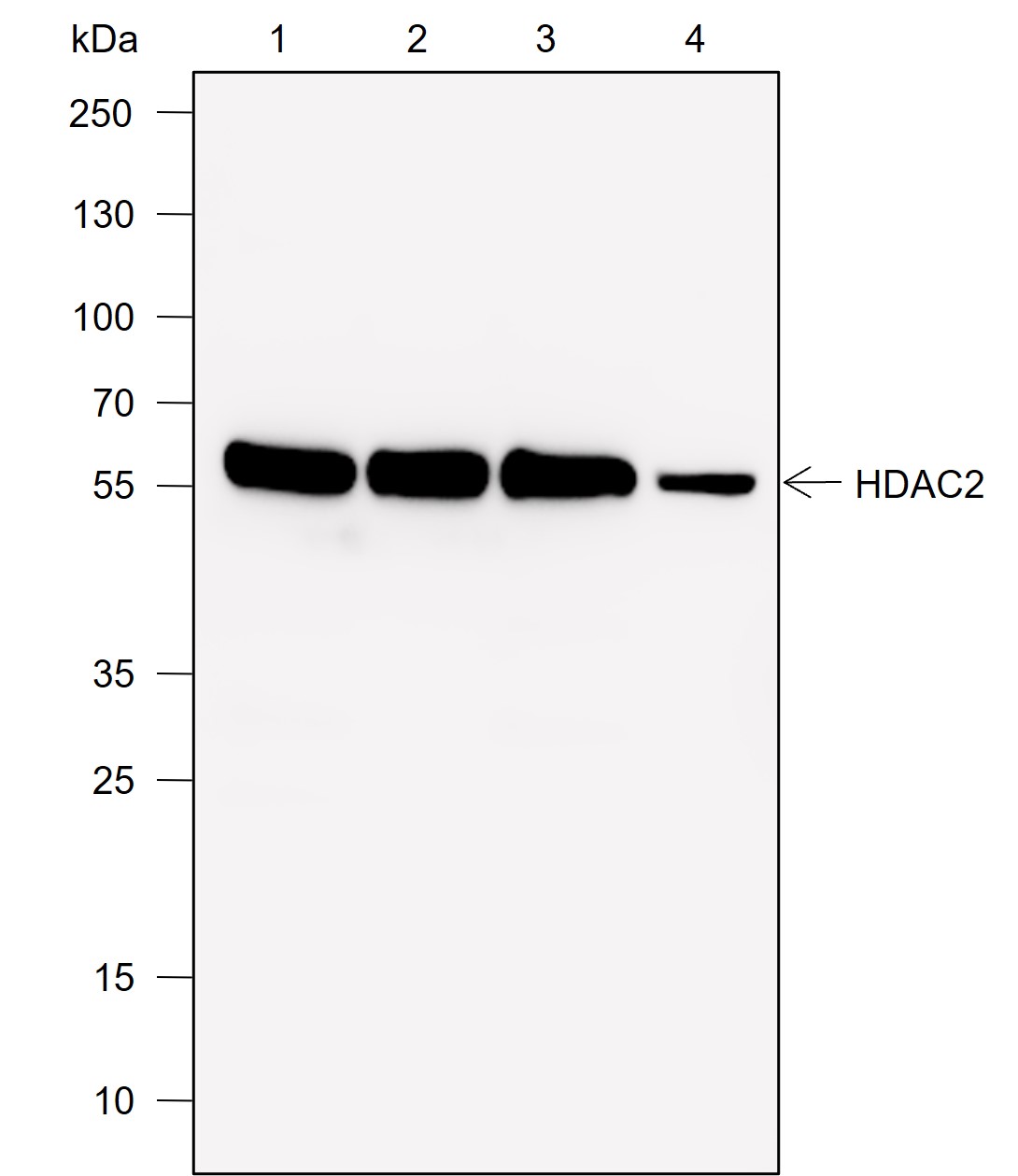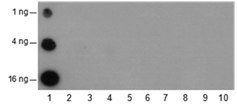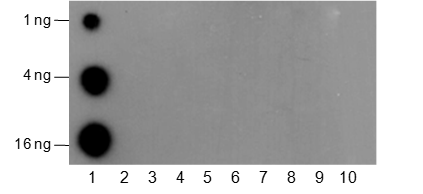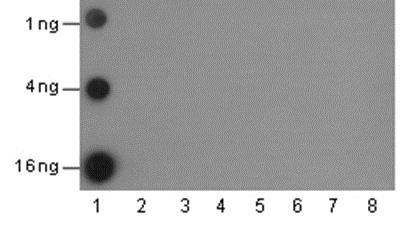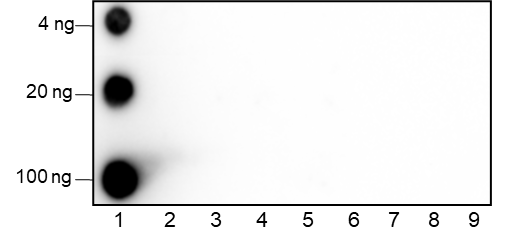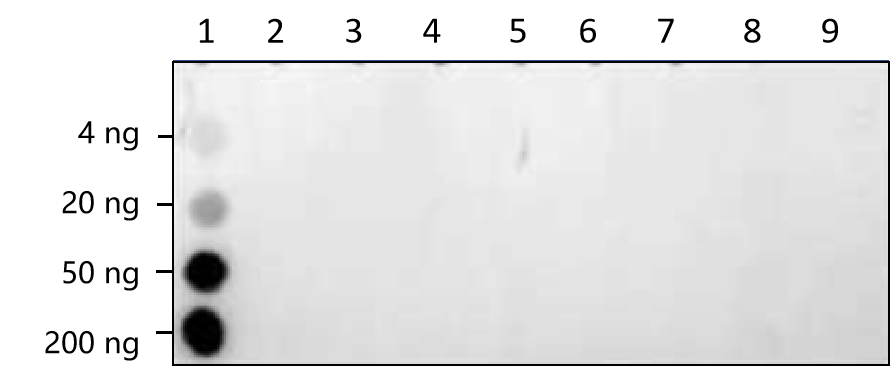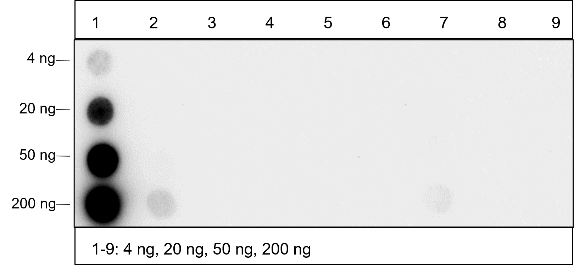Background
Histones, fundamental proteins involved in chromatin structure and gene regulation, are subject to a wide array of enzyme-catalyzed modifications, including acetylation, methylation, phosphorylation, ubiquitination, and numerous others. Histone L-lactylation is a recently discovered post-translational modification that is induced by lactate, a metabolite produced during glycolysis. Regulated by glucose metabolic dynamics and lactate levels within the cellular microenvironment, histone lactylation is implicated in various biological processes, including inflammation, fibrosis, differentiation, and cancer progression. The introduction of lysine L-lactylation is mediated by the acetyltransferase p300, while the removal of lactylation marks from histones has been attributed to Class I histone deacetylases (HDAC 1-3). Notably, Sirtuin 3 (SIRT3) has been reported as an eraser of H4K16 lactylation (H4K16la).
Cellular location
Nucleus


